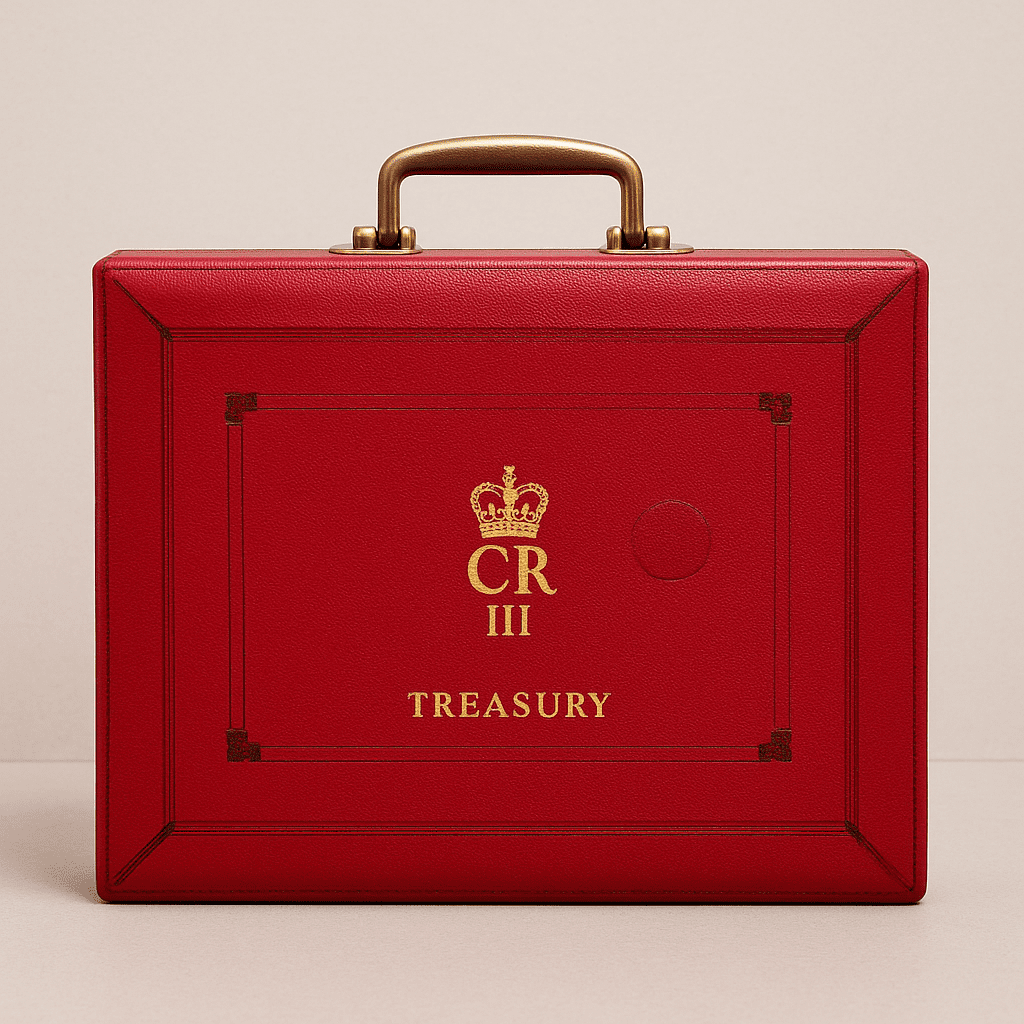Flexi-access drawdown can provide retirees with more freedom to create an income that suits their lifestyle. However, Financial Conduct Authority (FCA) figures suggest that many retirees are taking unsustainable amounts from their pensions. It could mean they run out of money during retirement.
The government introduced Pension Freedoms in 2015, which provide retirees with more ways to access their pension savings. Flexi-access drawdown has proved a popular way to create a retirement income, with retirees using drawdown to access a flexible income as and when they want to, with the rest of their pension usually remaining invested.
By opting for drawdown, retirees can increase and decrease their income to suit their needs. They could also benefit from investment returns over their retirement, although keep in mind that returns cannot be guaranteed. However, they also need to be responsible for taking a sustainable income to ensure their pension will last a lifetime.
According to interactive investor’s Great British Retirement Survey, 27% of retirees worry about running out of money. Now, the FCA data suggests that it could be a real prospect for thousands of retirees.
More than 160,000 retirees are withdrawing at least 8% annually from their pension
The FCA data looks at how almost 600,000 retirees are accessing their pension. Worryingly, data for 2020/21 found that 160,000 retirees – more than 1 in 4 – are taking 8% or more from their pension each year.
In some cases, withdrawing larger sums doesn’t mean retirees are risking their future financial security. For instance, they may have multiple pensions that they are using in turn, or are taking a larger income at the start of their retirement, but plan to take a lower income later in life.
However, for many retirees, a withdrawal rate of 8% would be unsustainable over the long term. With retirement often lasting several decades, a withdrawal rate of 8% would mean many would need to rely on the State Pension or other assets in their later years. It could also mean you don’t have the means to pay for unexpected costs later in life, such as care.
Does the 4% rule still make sense for retirees?
You may have heard of the “4% rule”. This suggests that withdrawing 4% from your pension each year would be sustainable, but it’s not as simple as that.
While the 4% rule can be a useful starting point when working out how much you can take from your pension, it’s not a hard and fast rule. Your circumstances will play a significant role in what is sustainable. The 4% rule was also created based on historical investment data from several decades ago, and past performance is not a reliable indicator of future performance. Many retirees will also need to draw on their pension for longer, as life expectancy has increased.
So, how do you calculate a sustainable pension withdrawal? There are several things to consider:
- How long will your pension need to provide an income for? Understanding how long you’ll be drawing on your pension is vital for calculating what a sustainable income is for you. You will need to consider your life expectancy. Keep in mind that while the average life expectancy is a useful indicator, many people live longer than this. Underestimating how long your pension needs to last can leave you in a vulnerable financial situation later in life.
- What reliable sources of income do you have? You may have a reliable source of income that can create a foundation and provide security. This may include your State Pension, a guaranteed income from a defined benefit (DB) pension or an annuity. If your reliable income will cover essential costs, it can provide peace of mind. Remember, if you have a defined contribution (DC) pension you want to access flexibly, you can still use a portion of it to purchase an annuity to create a base income.
- How is your pension invested? If you’re using flexi-access drawdown, your pension will usually remain invested, but you should look at how it’s invested and the expected returns. However, remember that returns cannot be guaranteed, and you may experience volatility that could reduce the value of your savings. When reviewing how your pension is invested, you should consider your risk profile.
- Do you have other assets you could use to create an income? Pensions are often the main source of income in retirement, but your other assets may also play a role. If you have savings, investments, or property that you can use to supplement your pension, a higher withdrawal rate may be sustainable.
Your pension can provide you with financial security and freedom throughout retirement, but it does require careful planning. If you’d like to discuss how to access your pension and what your options are, please contact us.
Please note: This blog is for general information only and does not constitute advice. The information is aimed at retail clients only.
A pension is a long-term investment not normally accessible until 55 (57 from April 2028). The fund value may fluctuate and can go down, which would have an impact on the level of pension benefits available. Past performance is not a reliable indicator of future results. The tax implications of pension withdrawals will be based on your individual circumstances. Thresholds, percentage rates and tax legislation may change in subsequent Finance Acts.






Recent Comments